Currently Empty: $0.00
Tai Chi Knowledge
Tai Chi origins benefits and modern practices
Folks often ask me, What’s Tai Chi? I tell them it’s like dancing with gravity—super slow, super intentional, and weirdly fun. It started as an old-school Chinese martial art. Now Tai Chi’s everywhere—people use it for health, chill time, and even self-defense.
Table of Content
- Tai Chi origins and historical development
- Health benefits of practicing Tai Chi
- Different styles of Tai Chi compared
- Tai Chi for stress relief and mental health
- How Tai Chi improves balance and flexibility
- Tai Chi as a martial art application
- Basic Tai Chi moves for beginners
- Tai Chi equipment and clothing guide
- Scientific studies on Tai Chi benefits
- Tai Chi vs yoga differences and similarities
- Learning Tai Chi online vs in-person classes
- Tai Chi community and global popularity
- Common mistakes beginners make in Tai Chi
My first class was wild—a whole room moving together like trees in a breeze. Wasn’t just a workout—more like meditation in motion. Wanna know its history? Health benefits? How to begin? This guide’s got you covered—with some laughs and real stories. Nobody wants a boring textbook about slow-motion kung fu.
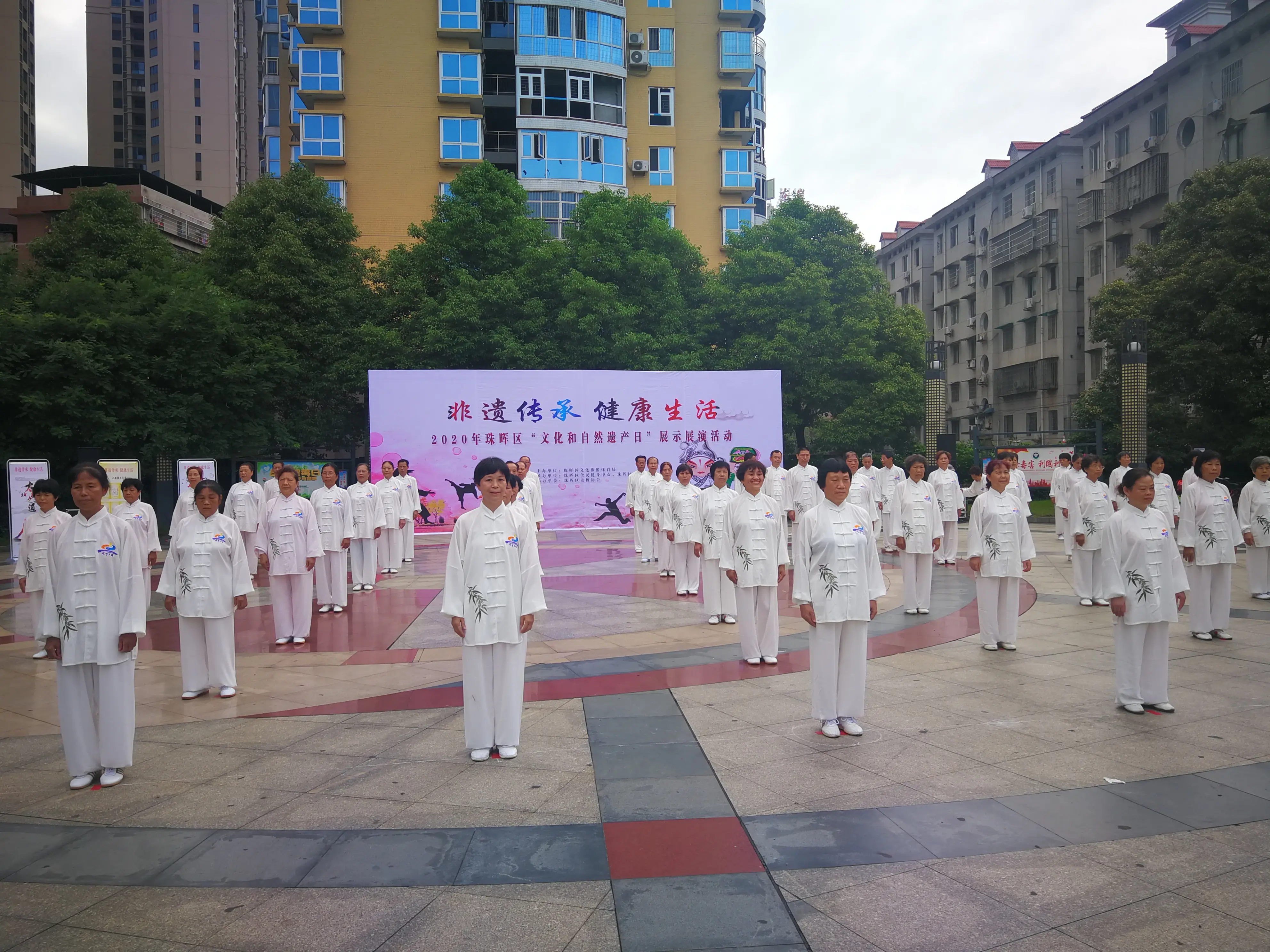
Tai Chi origins and historical development
Tai Chi’s origin story’s straight outta legend. They say this monk Zhang Sanfeng saw a crane fighting a snake—boom, Tai Chi was born. (Talk about creative inspiration!) Really though, it started in China’s Chen Village—martial arts with smooth moves and sudden power.
The Chen family kept it secret for ages. Then this guy Yang Luchan sneaked in, learned it, and created the Yang style—now the most popular. Researchers say it’s gone from fighting to fitness—the International Tai Chi Federation backs this up. My teacher always says Tai Chi’s the only exercise where you sweat without moving.
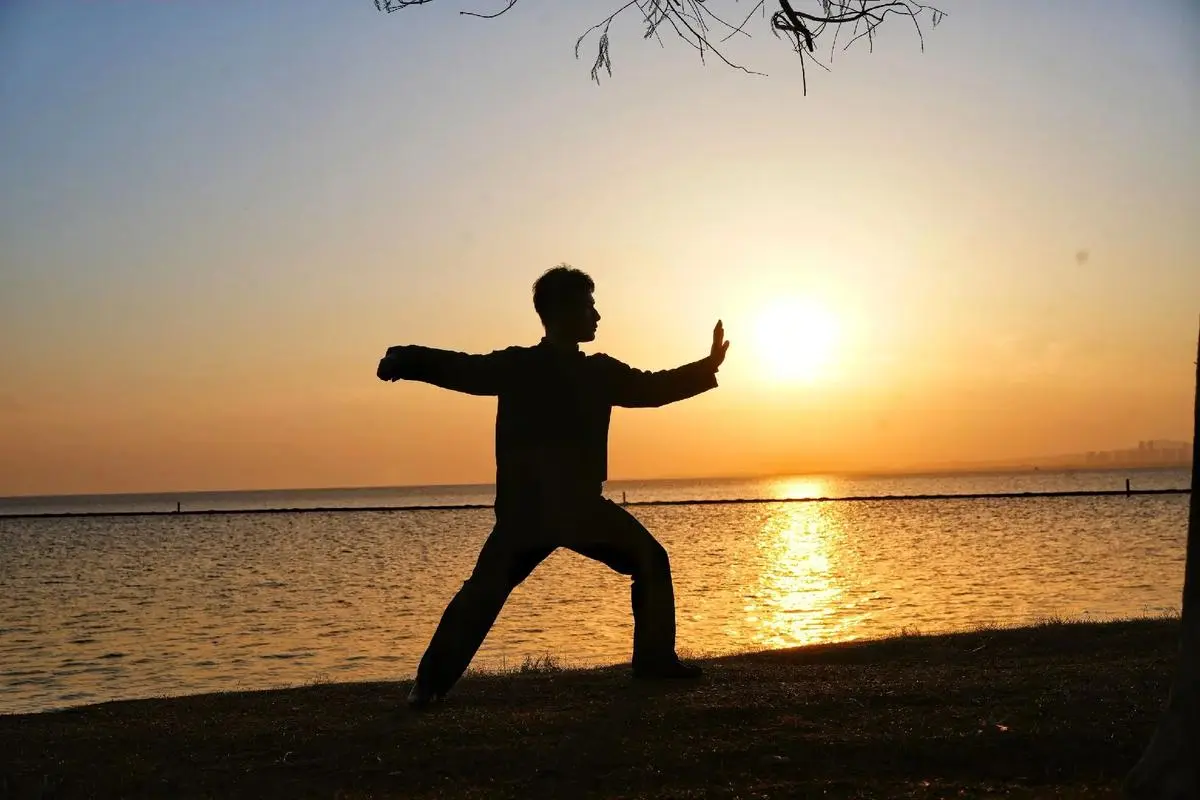
Health benefits of practicing Tai Chi
Science says Tai Chi’s like medicine you do while moving.
Harvard doctors say it helps with arthritis, hearts, and PTSD. A big study found older folks who do Tai Chi fall 20% less.
After six months, my bad back pain was gone—seriously! The slow moves help your balance. The deep breathing chills you out. Think yoga’s chill cousin—without twisting like a pretzel. Even health experts say it’s great for stress. Who needs marathons?
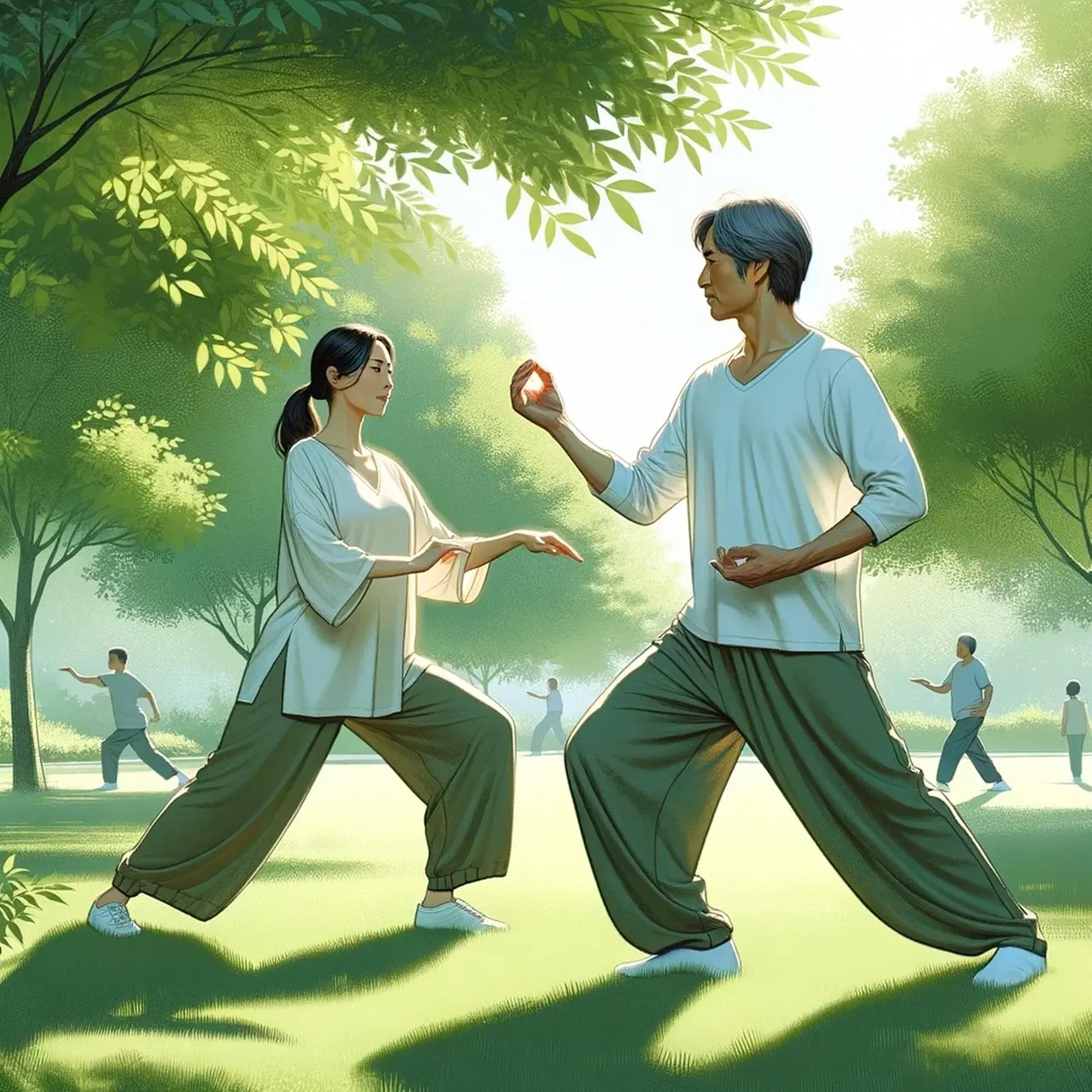
Different styles of Tai Chi compared
Picking a Tai Chi style’s like choosing ice cream—everyone’s got their favorite.
Yang style’s slow and wide—perfect for newbies. Chen style’s the OG—slow then BAM! fast moves.
Wu style’s all small moves—fit anywhere, even tiny elevators! Sun style’s got quick steps—great if your joints ache. Tried Chen style once—face met floor during a spin move. Lesson learned: it’s still martial arts! The pros say all styles focus on three things: staying present, moving smooth, and breathing right.
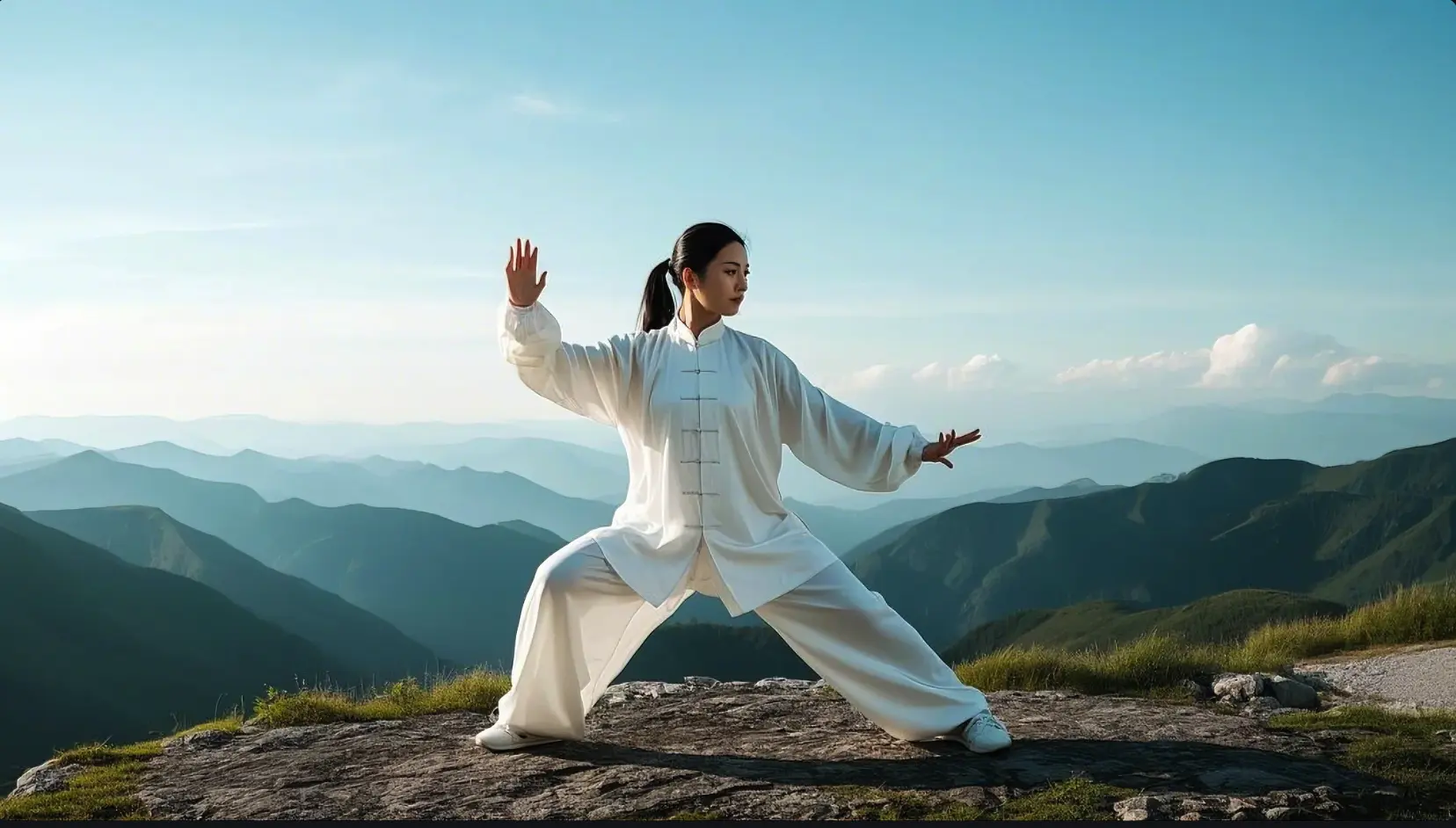
Tai Chi for stress relief and mental health
When work’s crazy, Tai Chi keeps me from losing it.
UCLA research shows 3 months of Tai Chi helps anxiety as much as therapy. Why? The moving meditation turns off stress mode in your brain.
My teacher says it’s like quieting your brain’s fireworks show. Just 10 minutes doing Cloud Hands can fix a stressed-out mind. Celebrities like Richard Gere swear by it—though I’ve yet to achieve his Zen-level calm during subway delays.
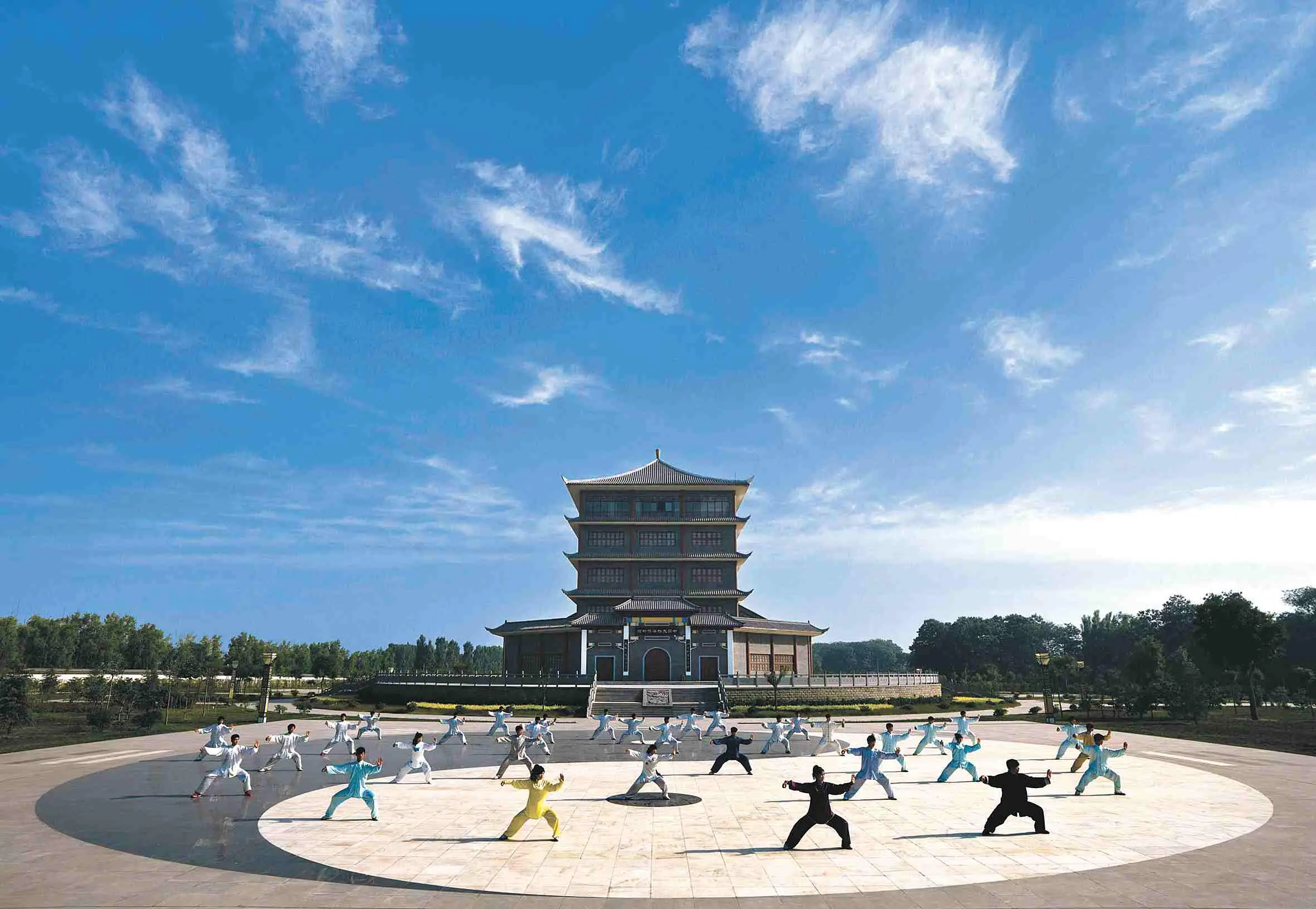
How Tai Chi improves balance and flexibility
Tai Chi makes balance look easy.
Parkinson’s patients got 50% steadier after half a year of Tai Chi. Tricks like standing on one leg boost your body’s natural balance.
At 40, I couldn’t touch my toes. Now I’m nearly doing splits—all from daily practice. The Mayo Clinic notes it’s safer than Pilates for seniors, with zero jarring motions. Pro tip: Practice near a wall if you’re a wobbling newbie—I learned this after toppling into a potted plant.
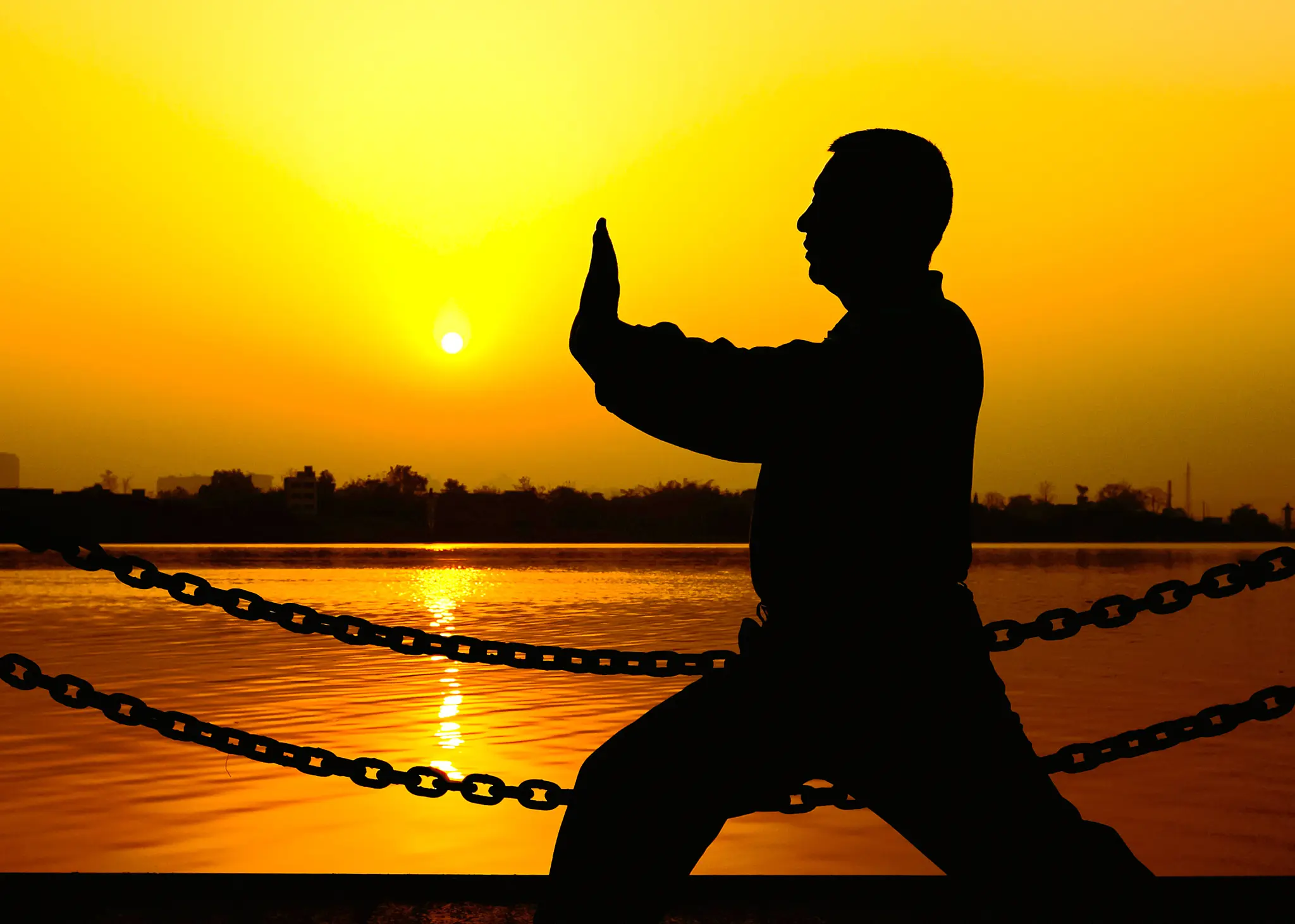
Tai Chi as a martial art application
Don’t let the slo-mo fool you—Tai Chi packs a punch.
In push hands practice, you learn to use an attacker’s strength against them. I once sparred with a 70-year-old master who sent me flying with a pinky’s nudge.
Bruce Lee admired Tai Chi’s philosophy of yielding to win, though modern schools rarely teach combat. In China, martial arts schools still teach Tai Chi’s small force beats big force idea. My takeaway? It’s self-defense for people who hate gyms.
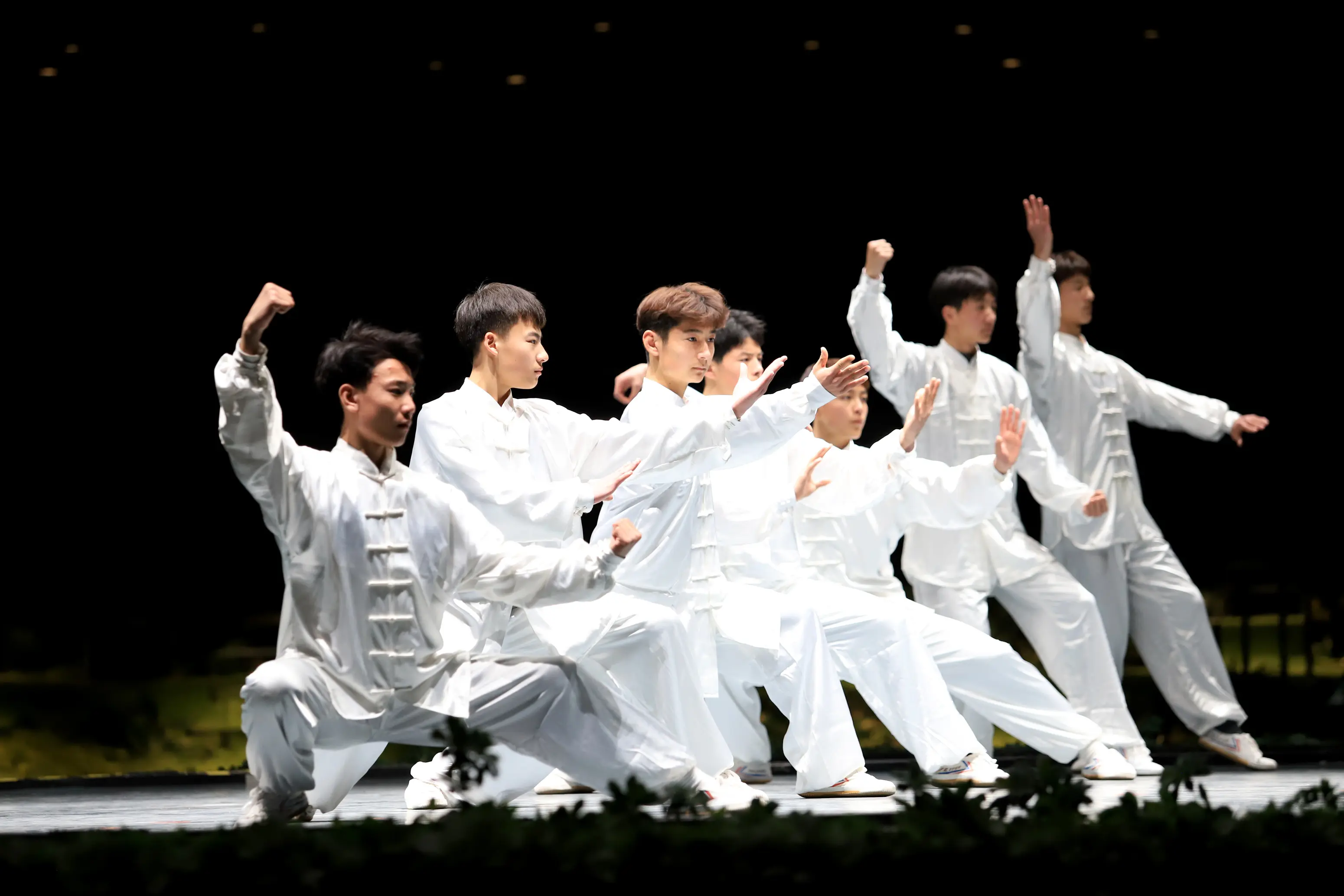
Basic Tai Chi moves for beginners
Tai Chi’s simpler than putting together IKEA stuff—really.
First move: stand tall like a mountain. Then pretend you’re hugging a huge beach ball—without the sand.
Grasp Sparrow’s Tail combines four sub-moves, but don’t stress—my first attempt looked like a drunk flamingo. Experts say just 10 minutes a day helps. Wear good shoes—flip-flops will make you eat floor.
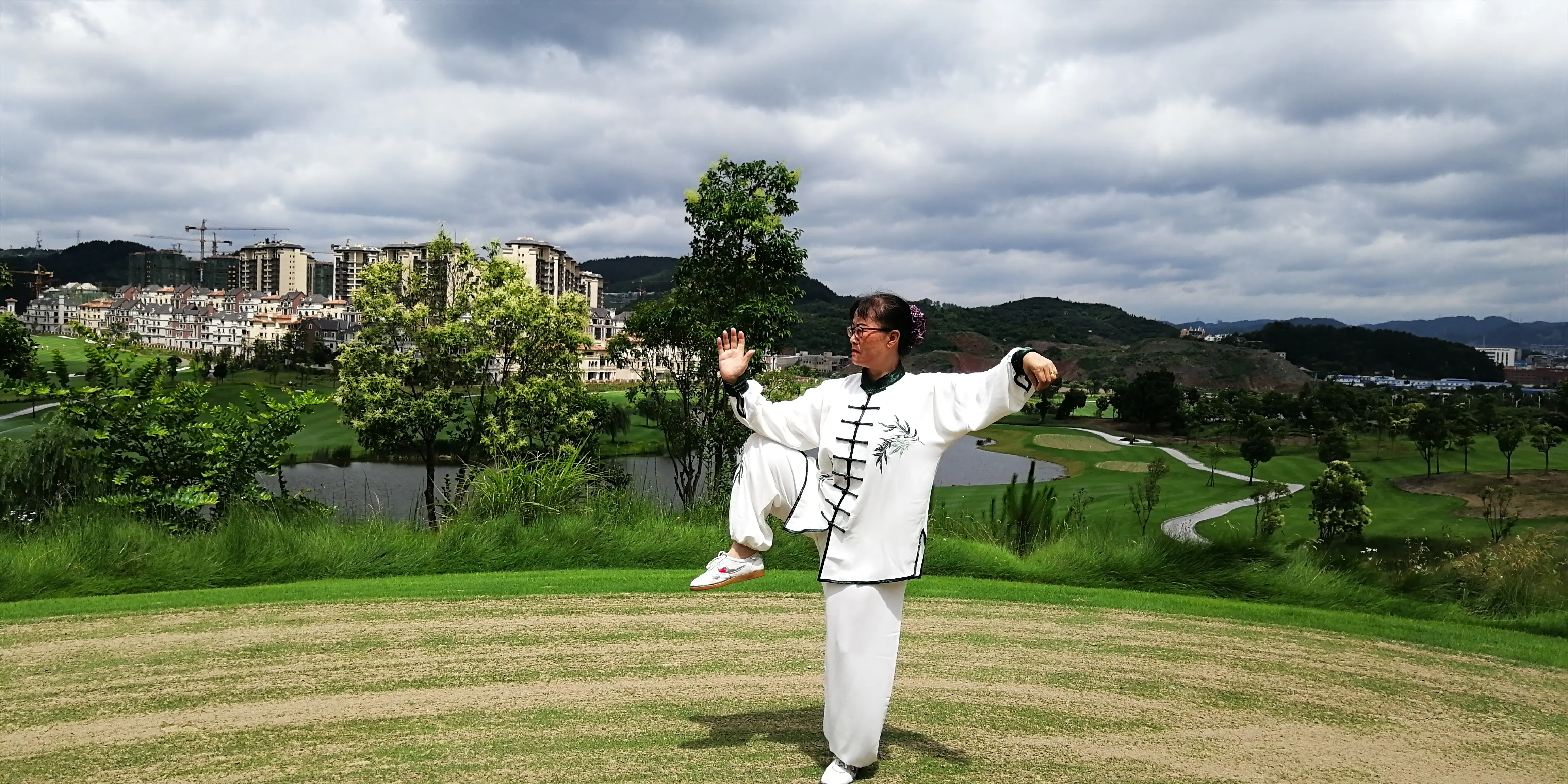
Tai Chi equipment and clothing guide
You don’t need fancy gear—just loose clothing (no jeans, unless you enjoy mobility challenges). Fancy silk outfits exist, but I started in PJs.
Get flat shoes—kung fu slippers or ballet shoes work. Some use fans or swords for advanced forms, but beginners can stick to air (my sword form once scared a neighbor’s cat). Eco-conscious brands like DharmaCrafts offer organic cotton options—because saving the planet should be as effortless as Tai Chi’s flow.
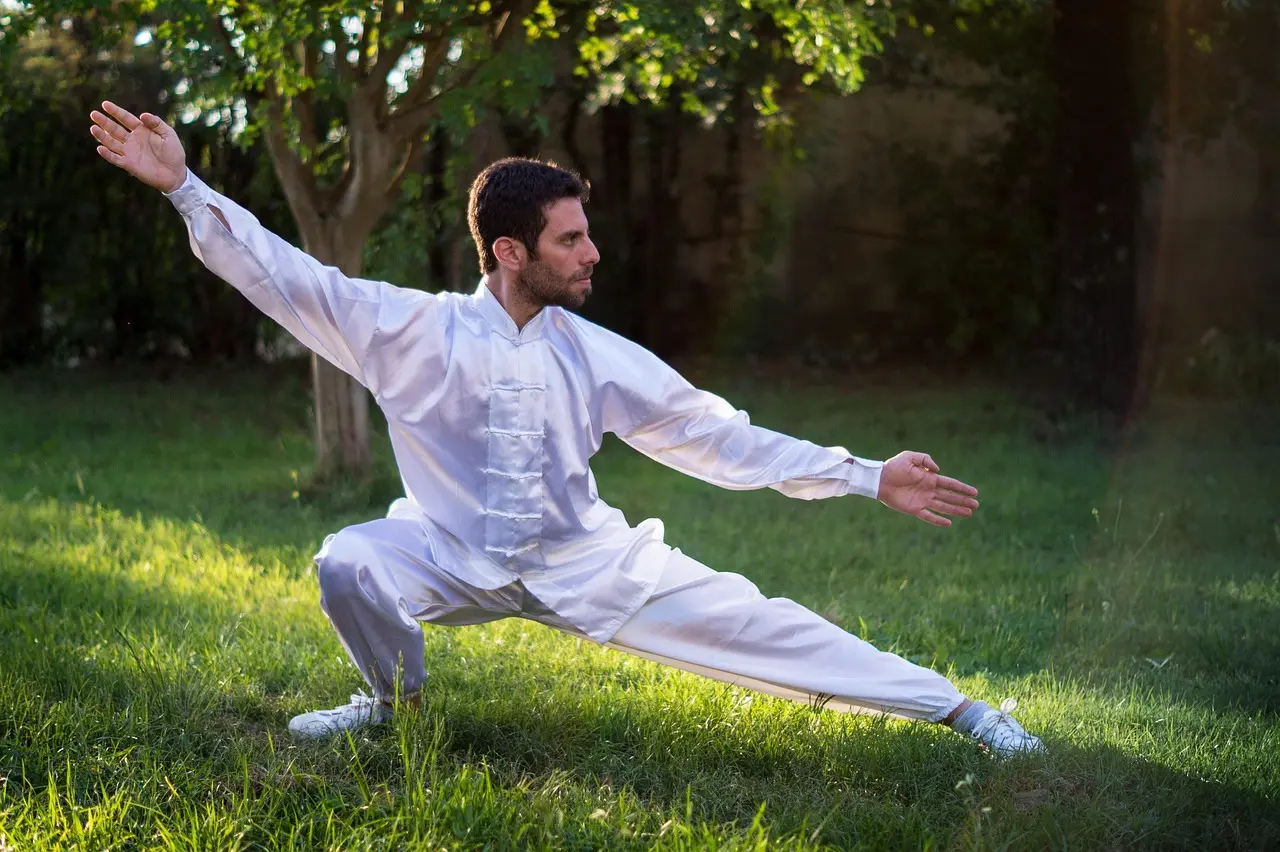
Scientific studies on Tai Chi benefits
Over 500 studies validate Tai Chi’s perks. Government research says it drops blood pressure like pills—without the bad stuff.
A 2021 BMJ report linked it to slower cellular aging—basically, it’s a fountain of youth in motion. Cool fact: NASA uses it to train astronauts balance. Skeptical docs now prescribe it; my orthopedist jokes it’s physical therapy with better PR.
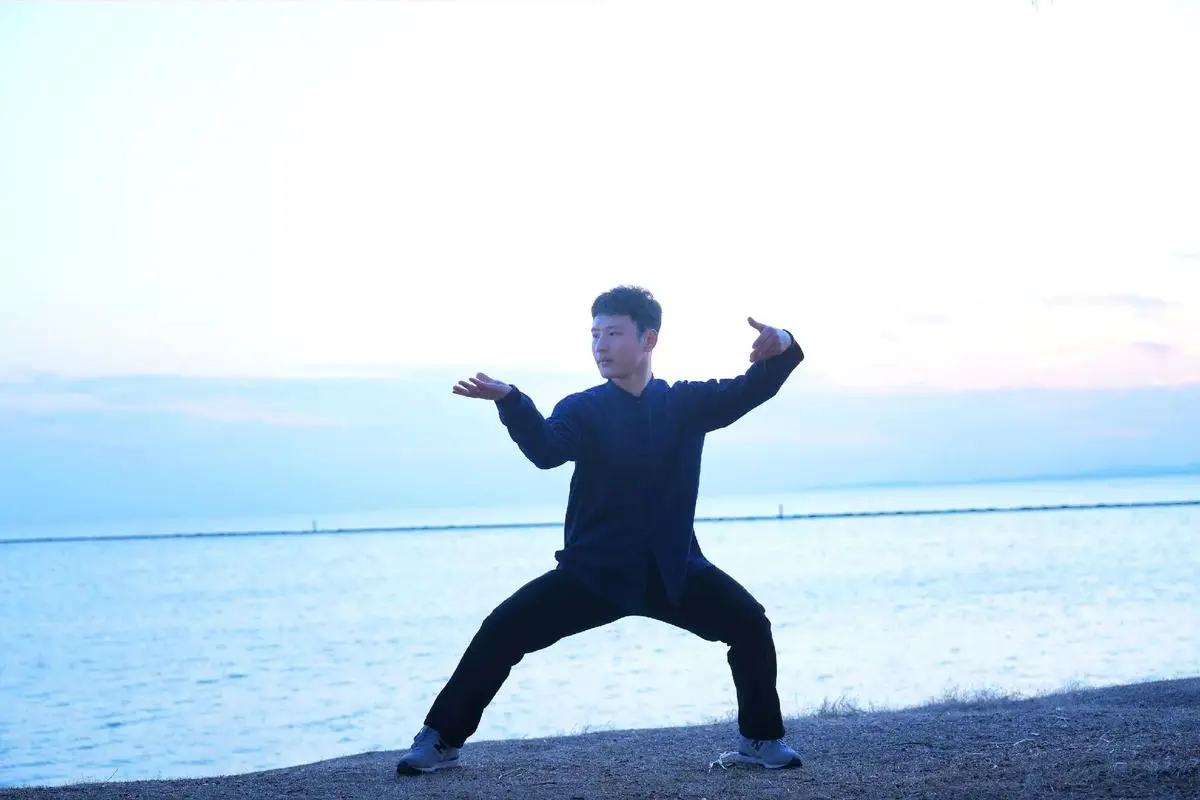
Tai Chi vs yoga differences and similarities
Yoga and Tai Chi are related but different.
Both help you bend, but Tai Chi’s all about flowing moves while standing.
Yoga’s Om meets Tai Chi’s song (relaxation). I do yoga to stretch and Tai Chi to move smooth. Doctors say Tai Chi’s better for joints, yoga for muscles. Pick what you like—holding still or moving easy.
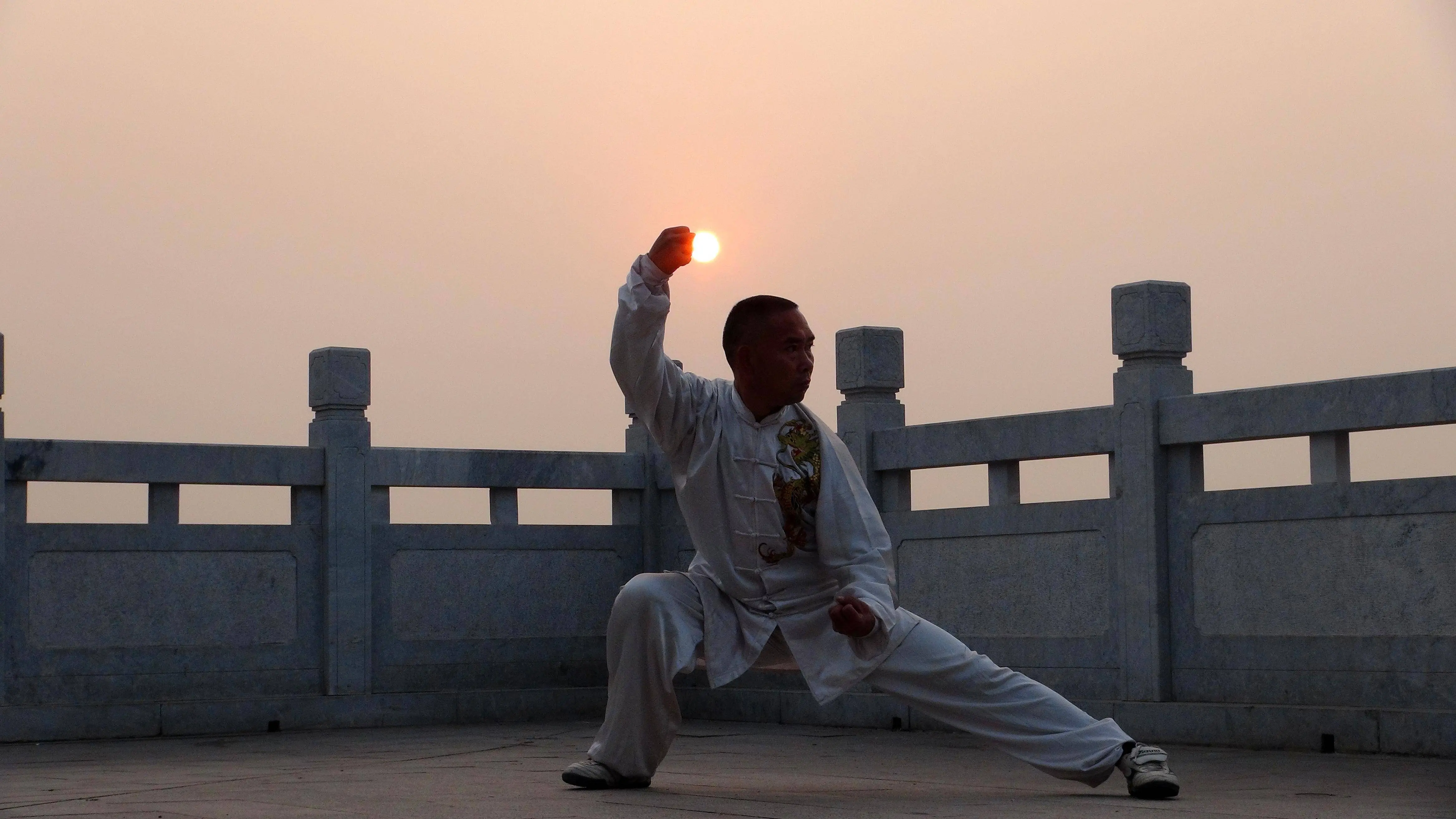
Learning Tai Chi online vs in-person classes
Online’s easy (I used YouTube), but no one fixes your mistakes. In real class, my teacher fixed my robot posture fast.
Mix both—learn online, perfect in person. The Tai Chi Foundation offers free Zoom sessions, but avoid practicing near breakable items (RIP my mom’s vase).

Tai Chi community and global popularity
50 million people do Tai Chi—in parks, flash mobs, everywhere.
China’s Taiji Day draws crowds, while the U.S.
sees 300% growth since 2010 (per MindBody). My class has punks and grandmas—shows anyone can do it. Try a class—everyone’s nice (they’ll just fix your moves quietly).
Common mistakes beginners make in Tai Chi
Top blunders: rushing (it’s not Zumba!), holding breath (I turned blue once), and overthinking. My teacher says it’s mostly about staying calm.
Don’t let knees go past toes—bad news. Take it easy—every expert started clueless.
In closing, Tai Chi isn’t just exercise—it’s a lifelong friend for body and mind. Whether you seek health, peace, or a fun new skill, give it 30 days.
As the Tao Te Ching says, A journey of a thousand miles begins with a single step—or in this case, a slow, graceful wave. Ready to try? Your first class is probably closer than you think. Now go forth and float like a feather (just watch out for potted plants).
